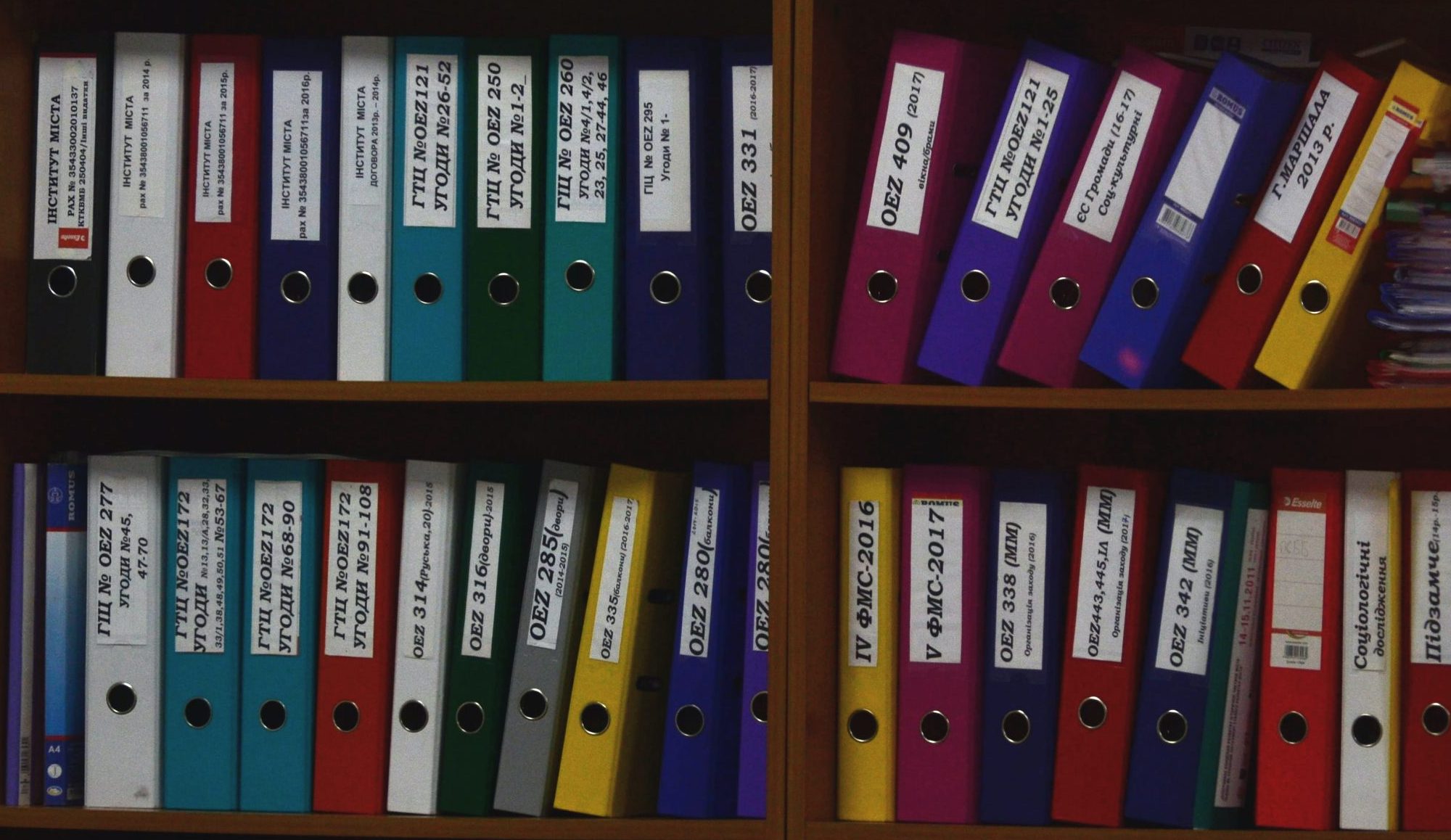What’s an ePortfolio?
An electronic portfolio/ePortfolio is a collection of student work that is useful for showing both the product and the process of learning – while the product demonstrates accountability to learning objectives and showcases the students’ developing skills, the process creates an ongoing workspace for self-reflective learning. As such, an ePortfolio can be a powerful tool for assessment as learning and also assessment of learning.
A portfolio shouldn’t be simply an archive of student work; instead, the real value is found in portfolios as living, dynamic presentations of learning, developing competencies, and intellectual and professional growth. Portfolios can be used at the course level — often as a replacement for a summative final exam — or might be used across a degree program to ensure that students are meeting important high-level competencies and curricular outcomes. Especially when integrated across a student’s entire degree program, an ePortfolio allows them to exit with a thoughtfully-compiled collection of their best work, a timeline of their growth and development as a learner, and a showcase of who they are as a professional and scholar in their field.
If you’re totally new to ePortfolio assessment, the ePortfolios for Educators mini-course by Sam Taylor is a great place to start.
Introducing Portfolium
Along with the switch to a new LMS (Canvas), the University of Saskatchewan has also recently launched a new ePortfolio tool, called Portfolium. Like Canvas, Portfolium is owned by Instructure, so users should find a number of handy integrations between Canvas and Portfolium that let these tools play nicely together.
Students will have access to their Portfolium account for as long as they want, even after completing their program! For this reason, they might also find it useful as a tool for after graduation, while job hunting and meeting with potential employers. Highlighting the utility of an ePortfolio as a key part of one’s “digital fingerprint,” and as a professional skills showcase — something that students might send along with resumes, or even share on a tablet during job fairs and interviews — can go a long way towards motivating students to build a polished and well-organized ePortfolio.
See the following video for a quick introduction to Portfolium.
A Quick (and Adaptable) Student Guide to Portfolium
The following is intended as a quick guide that would walk students through the steps of accessing, building, and sharing their Portfolium account. Feel free to use these instructions in your own course, and consider how you might adapt these steps for specific requirements that you might want to incorporate. For example, perhaps you want students to align their projects to a particular set of competencies (in Portfolium, use the “Skills” labels). Or, perhaps you want students to structure their Learner Reflections in a certain way. There are lots of ways to tailor ePortfolios to a specific course and/or to a program of study, while also leaving room for a high degree of student autonomy and customization. Consider discussing the needs of your course and/or program with an Instructional Designer to determine the best uses for ePortfolios in general, or Portfolium specifically.
The following link is also helpful to new users getting underway with Portfolium (there are answers to lots of “How do I…?” questions found here):
Step 1: Access Your Portfolium Profile (a.k.a. Folio)
While logged into Canvas (http://canvas.usask.ca/), in the Global Navigation (left-hand side menu in the web version), click on “Account” and then “Folio”. From there, click to “Login”, and use your USask email address (NSID@mail.usask.ca) and password to proceed. Note that this will take you out of Canvas, and into Portfolium. The following images show these same steps.
Step 2: Customize Your Profile and Update Your Profile Settings
Once in Portfolium, you will likely find the navigation to be very similar to some popular social media sites, such as LinkedIn or Facebook. You have lots of customization options to make your ePortfolio your own. You have complete control over the privacy and visibility settings of your profile, as well as individual projects that you add to your portfolio. You also have the option of adding other users as “Connections”, if you like.
For more help, see: Portfolium Network – Profile and Settings
Step 3: Add Projects to Your Portfolium Profile
Upload some work you wish to showcase and it will be added to your Portfolium profile under the tab labelled “Portfolio”. Lots of file types are supported, so you can show your work in the form of Word documents, PDFs, spreadsheets, MP3, Powerpoints, links to videos, external web links, and more. A project can also be made up of multiple files paired together. You can also import work that you have already submitted through Canvas (e.g., something that you handed in for grading through a Canvas course Assignment). See the following for more assistance:
As you add new projects to your Portfolium, you can organize your profile by using the Skills labels. Another layer of organization can be added by organizing projects into Courses. This will help anybody who is looking at your profile (e.g., your classmates or an instructor) find your work for each course quickly. See the following links for more assistance:
Step 4: Attach Learner Reflections to Your Work
Each artifact added to the portfolio should include a learner reflection of some kind (sometimes called an annotation). Learner reflections are meant to document the process of learning and of creating the project you are showcasing, and serve as a space in which students can share a frank and open self-examination of their own development and maturation as a scholar and professional. In your learner reflection, you might discuss things like:
- What did I set out to do when making this project?
- What was easy about this project for me? What was hard?
- How did my approach change as I worked on this project?
- How did I incorporate feedback (from peers or instructors) that I got along the way?
- What would I do differently next time? What would I do the same?
Learner reflections can either be attached to projects in Portfolium as additional files (e.g., .doc or .pdf), or could be typed into the “Description” part of a project.
Step 5: Share Your Portfolium Profile
If your Portfolium profile is being used as part of a graded course requirement, follow the directions from your instructor on how to share your profile. Your instructor might ask you to submit your Portfolium URL via:
- Email to the instructor
- Canvas Assignment
- Canvas course Discussion board, allowing for peer feedback and comments
Remember that each student has full control over their own privacy settings, so you may need to make adjustments to share your profile or projects with certain people. You can adjust privacy settings on their whole profile, or just on individual projects. If you choose to make your profile such that only your Connections can see it, you still have the option of generating a secret link to share with classmates, instructors, employers, or anybody else you send it to.
See the following links for more assistance:
- How do I change my privacy settings in Portfolium?
- How do I change my privacy settings on my projects?
A Note Regarding Canvas and Portfolium Integrations
Not all possible integrations between Canvas and Portfolium are currently enabled at USask, pending some assessment of technical concerns, as well as consultation regarding the needs of our campus community (e.g., Portfolium Grade Exchange LTI, outcomes assessment, badging, usage analytics and reporting are all features that are not currently enabled). Stay tuned for potential updates on the interoperability of the two sister platforms, Canvas and Portfolium. If there is a specific ePortfolio functionality that you need for your course/program, please get in touch with an Instructional Designer at the Distance Education Unit (deu.support@usask.ca) to discuss your options.
Photo by Viktor Talashuk on Unsplash



